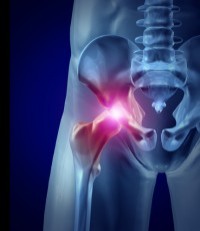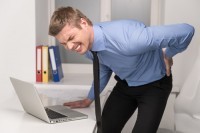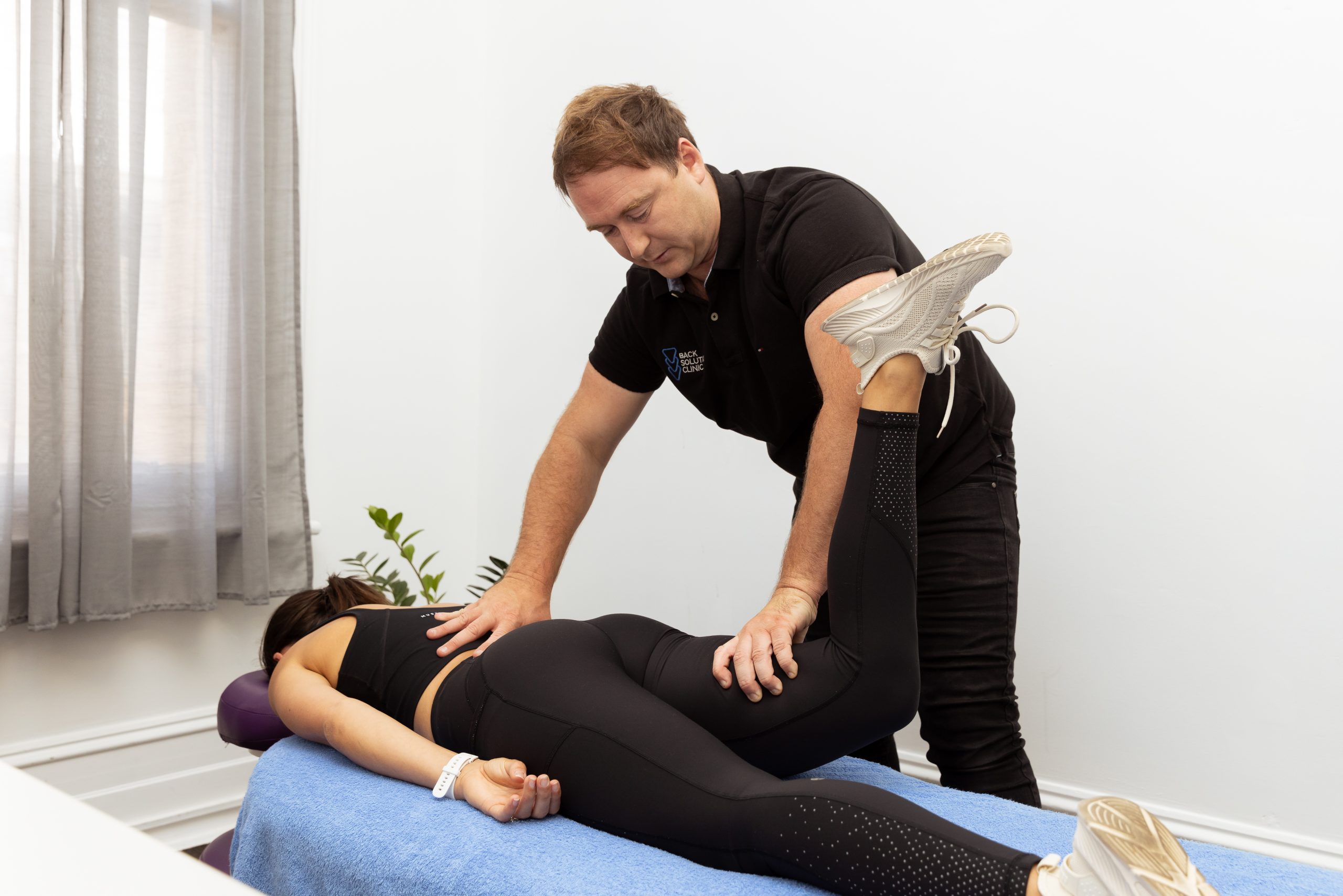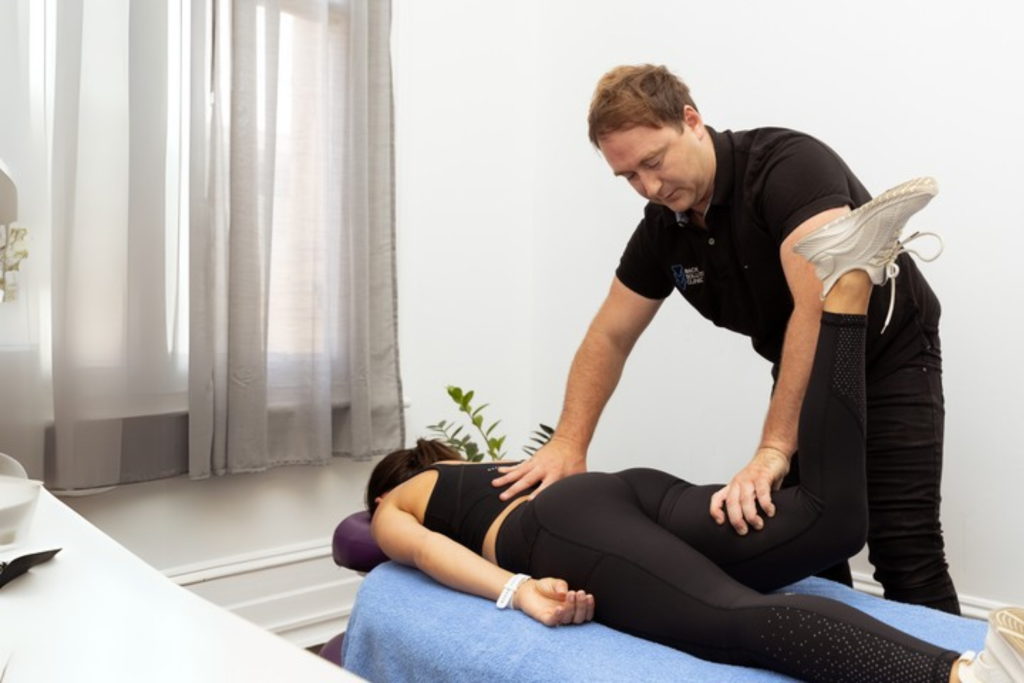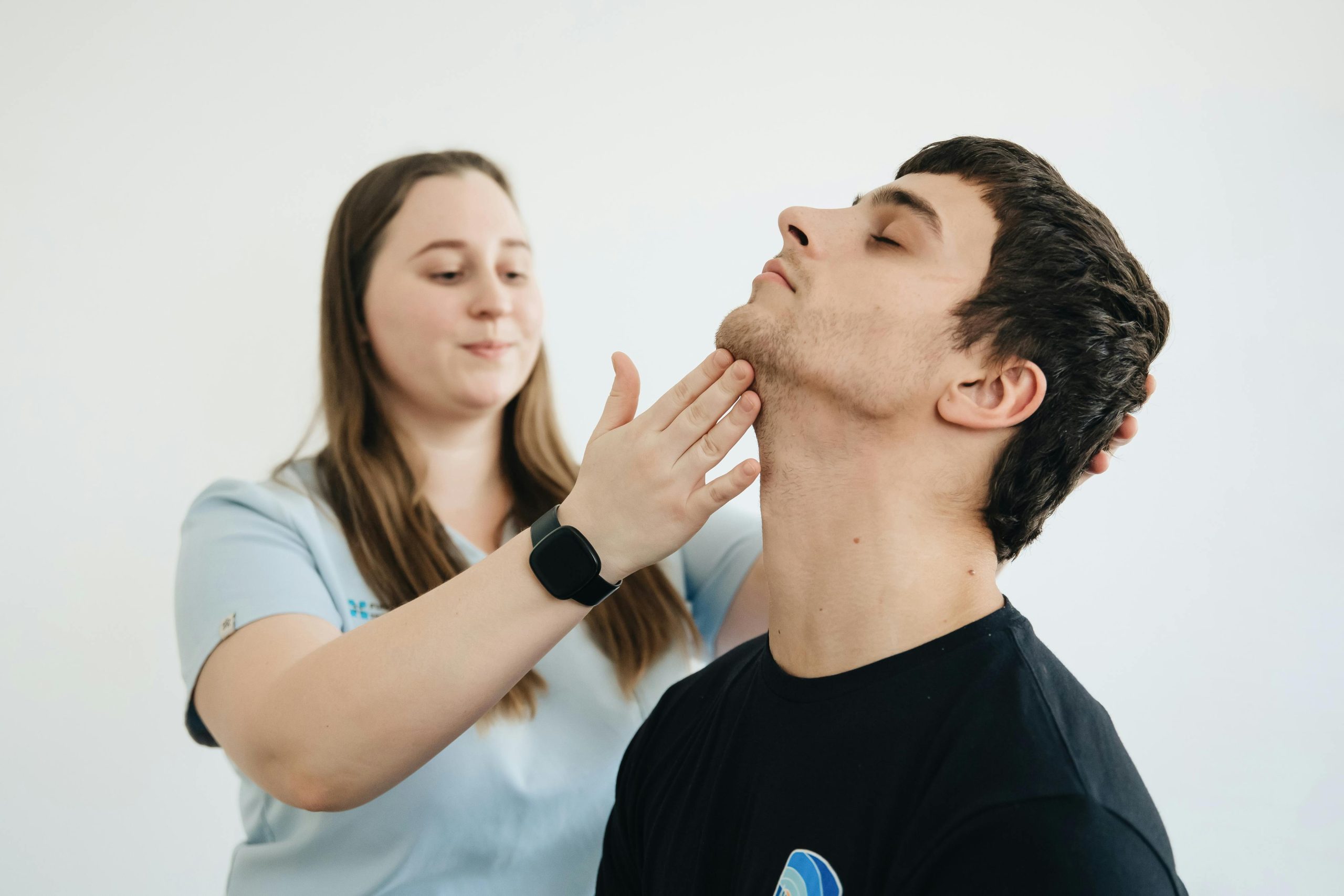Why Do I Have Sciatica Pain?
Sciatica pain affects a surprisingly high percentage of the population at some point throughout their life. Many people had never heard of sciatica until they experienced severe pain and sought advice from their local GP in Melbourne.
Sciatica Melbourne:
If you are lucky enough to live locally we have a sciatica Melbourne clinic we can recommend to assist you with your sciatica pain. If you do not live in Melbourne, we will try and provide advice on how best to relieve your sciatica pain and who best to see for sciatica treatment in your local area.
What Causes Sciatica?
The greatest cause of sciatica is prolonged periods of time seated. If you live in a big city such as Melbourne, you most likely work at an office where you are desk bound for most of the day. Like most Melbournians, you retreat at the end of a mentally exhausting day to your lounge room where once again you are seated in front of the television unwinding for most of the evening. Whilst this may appear normal, as most of the people you know who also live in Melbourne do the same day in day out, when it results in sciatica then you need to take action and make changes.
How does sitting for prolonged periods result in sciatica?
Your major glute muscles (or bum muscles to be less formal, however more specific) should be the largest and most powerful muscles in your body. When strong and functioning, they support us when we sit, stand and walk around. The saying: “if you don’t use it, you will lose it” is most appropriate for people living in big cities like Melbourne who end up with sciatica. Weak gluteus maximus muscles (major bum muscles) result in the deeper muscles of the hip compensating and carrying the load and function they are not designed to. The deep rotators of the hip become overloaded, tight and inflamed which can have a direct or indirect impact on the sciatic nerve.
Deep hip muscles having a direct impact of the sciatica nerve?
The sciatic nerve runs directly past the deep hip muscles, when they are tight and shortened this compromises the space in which the sciatica nerve has to function. This direct impingement/ interference of the sciatic nerve creates sciatica.
Deep hip muscles having an indirect impact on the sciatica nerve?
When the deep hip muscles become tight, they shorten which results in an internal rotation of the hip joint. This is turn creates what is referred to as an anterior pelvic tilt. This tilt then compromises the disc, structures and nerve outlets in the lower back resulting in sciatica.
Effective sciatica treatment should always focus on the deep rotators of the hip to address both the symptoms of sciatica and the underlying cause. The good news once again if you are a local, then we have a dedicated sciatica Melbourne clinic that can help you both to alleviate your sciatica symptoms, but ensure it goes away and does not return.
For more information on our sciatica Melbourne clinic please call 9909 9905. One of our friendly admin team can offer further information on how we can help you with your sciatica here in Melbourne.
